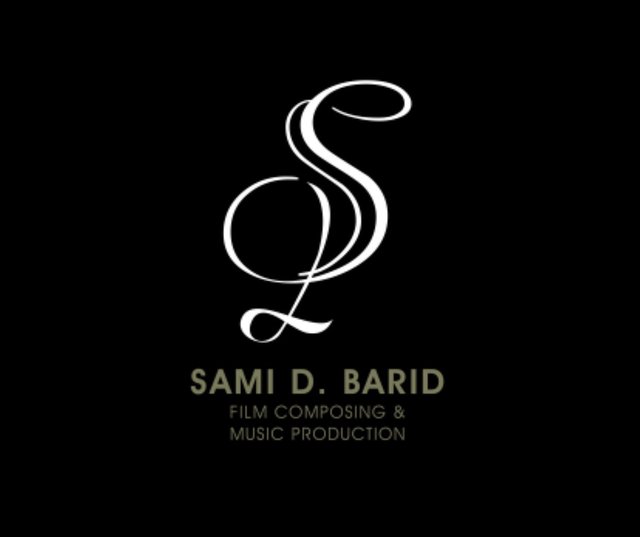General facts about music - The chord/scale theory, how we get a 4Chord
Until now we have treated chords and scales separately. In the Golgenden we will
but find that chord and scale are one and the same. So far we have mainly dealt with major and minor chords. We also have
major and minor scales. Our scales consist of seven different tones.
Since scales in their entirety serve mainly for theoretical consideration, we see them for the
practice as a "sound supply" from which we can make use of for the formation of melodies.
A melody in D major consists of notes of the D major scale, but contains in the rarest
In case all tones, but a selection of the tone stock of D major. However, this selection is not arbitrary, but follows a certain system.

Back to the D major scale. This consists, as already mentioned, of seven tones, arranged in order in seconds. To form the D major chord, we proceed just as strictly. It consists of the notes D-F sharp-A. These are in third intervals, in the diatonic thirds of the D major scale. If we now want to add more notes to this chord, it makes sense to continue this system. So we'll add another third. A diatonic third above the
top chord note A is in D major the note C sharp. So we get a four-chord.
If anything else is undecided, don't forget to comment and ask questions!
If my tip has been helpful to you, follow me for more daily knowledge!
Peace
Your Sami D. Barid

Hey, I am a film composer and music producer. If you are interested in my work visit me on my homepage www.sami-d-barid.com or contact me directly: [email protected]
